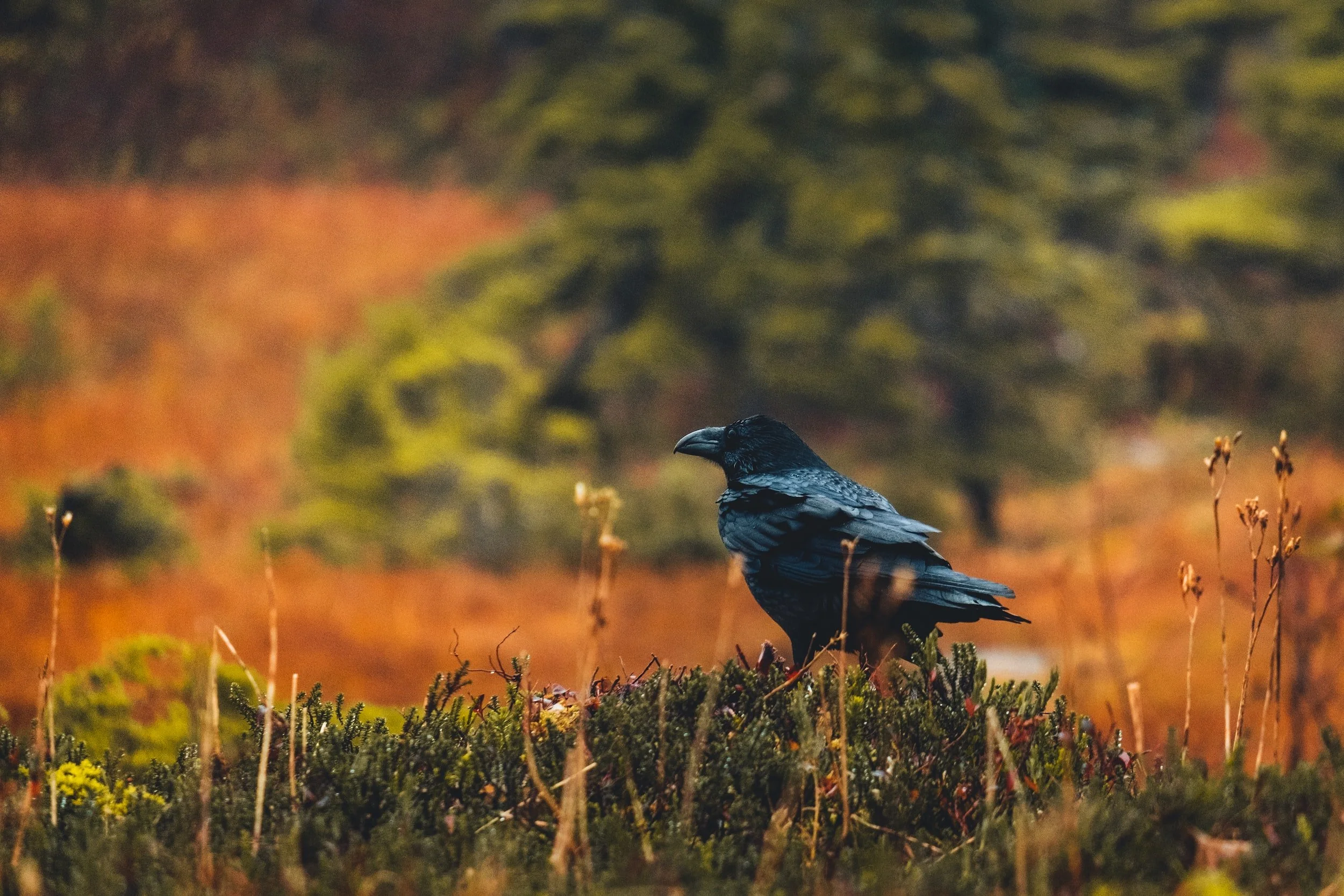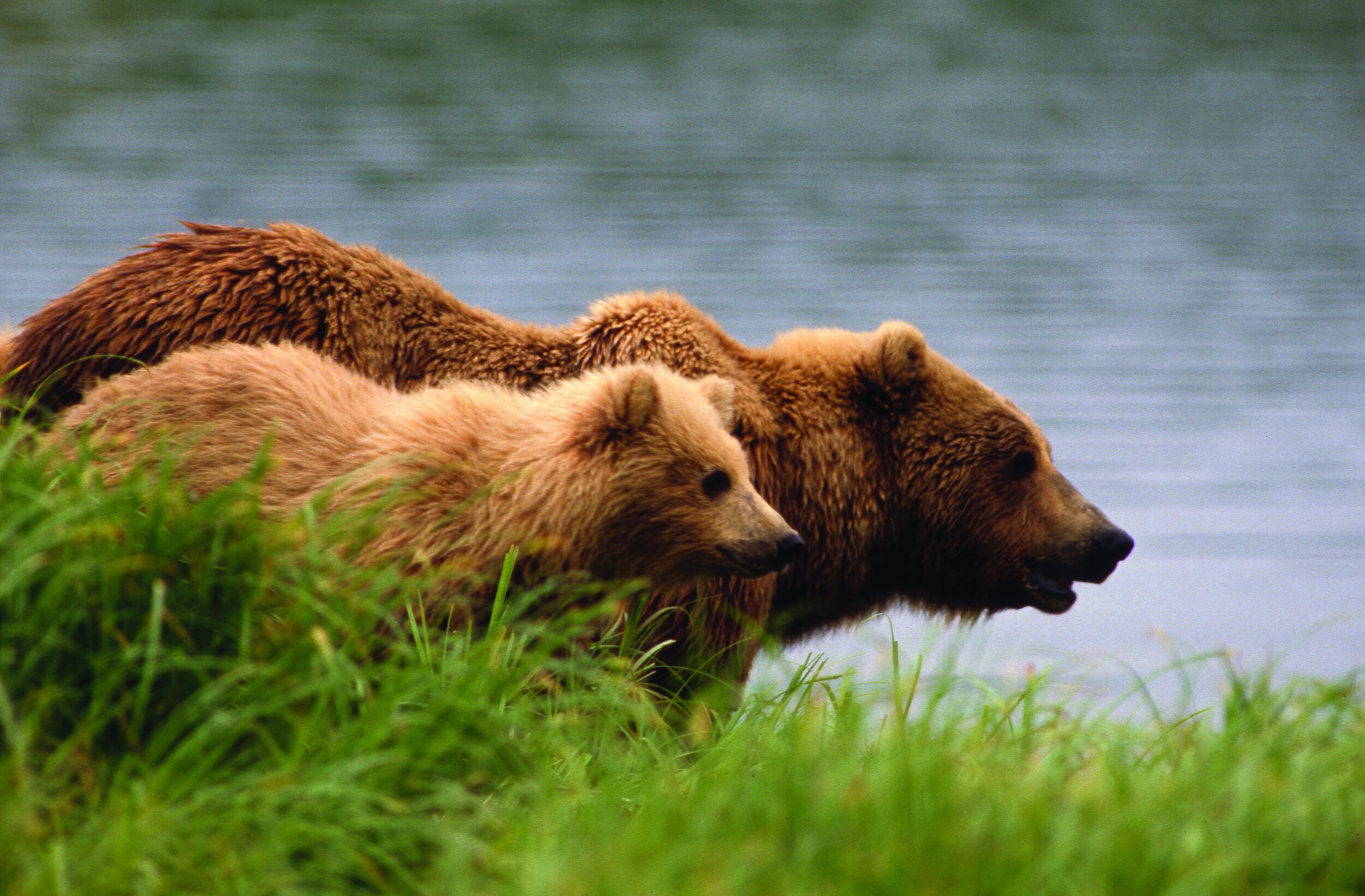Check out a new publication co-authored by AWA’s Vice President, Dr. John Morton in the Canadian Journal of Forest Research!
Overview of Trap Setback Proposals on the Kenai Peninsula
AWA in the news! Combined threats keep Cook Inlet beluga numbers perilously low, scientists say
Victory! After years of effort, Bristol Bay celebrates EPA’s historic action to stop Pebble Mine
Action Alert! Comment to support a new National Park Service Rule that protects bears, wolves and people
Wildlife crossings, trap setbacks, and more: Get involved in the Southcentral Board of Game process
Southeast Board of Game meeting summary
New Publication! The Dynamics of a Changing Lutz Spruce Hybrid Zone on the Kenai Peninsula, Alaska
Join us in congratulating AWA Vice President, Dr. John Morton, and co-authors Diana Wolf, Matthew Bowser, Naoki Takebayashi, and Dawn Magness in their recent publication in the Canadian Journal of Forest Research!
Abstract
We investigated the genetic makeup of Lutz spruce, a natural hybrid between white and Sitka spruce on the Kenai Peninsula, Alaska. Microsatellites indicate 72% of individuals sampled had predominantly white spruce ancestry whereas 14% had predominantly Sitka spruce ancestry; some individuals classified as white spruce had Sitka spruce plastid genotypes. As Picea mitochondria are maternally inherited and plastids are paternally inherited, it appears that white spruce was the ancestral seed parent of nearly all spruce on the peninsula, whereas Sitka spruce alleles originated from pollen. Pollen records show that white spruce colonized the western peninsula ~8,500 YBP from glacial refugium, whereas Sitka spruce arrived on the eastern peninsula ~4,000 YBP after migrating up the Pacific coast. Our data suggest that Sitka spruce migration onto the western peninsula may have occurred not via seed dispersal, but by long distance transport of wind-borne pollen and subsequent hybridization with established white spruce populations. Hybridization was an important mechanism that allowed Sitka spruce to expand the leading edge of its range in response to historical climate change. As the climate continues to warm, climate envelope modeling suggests Lutz spruce may ultimately displace white spruce on the western peninsula even as Sitka spruce is constrained to the eastern peninsula where it will continue to hybridize.
AWA at the Alaska Marine Science Symposium
Speaking up for wildlife at the Southeast Board of Game meeting
AWA in the news: National Park Service proposes bear baiting ban in Alaska - Courthouse News
2022/23 Board of Game proposals
2022 Annual Report
Presentation: "Resist-Accept-Direct: A Way of thinking about climate adaptation"
Species Spotlight: The Emotional Lives of Mammals, Birds, Fish and Insects by Bob Armstong
Preserving Traditional Life-ways by AWA Board member Angute-Karaq Qakvalria
StoryMap! Wildlife and the new Sterling Highway underpasses
Why do moose cross the road? To get to the other side, of course — as do other wildlife like lynx, caribou, bears and wolves. The nature of the beast is that dens and calving areas and salmon and hardwood browse and berries don’t all occur in the same place. View a new storymap that demonstrates new wildlife crossings on the Sterling Highway!

























